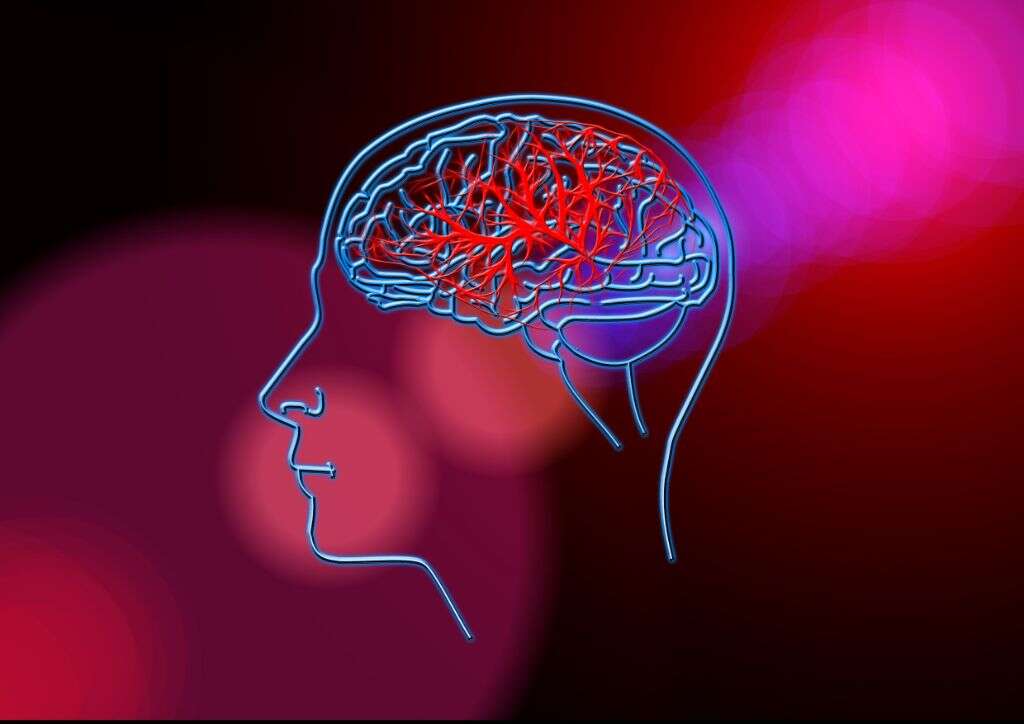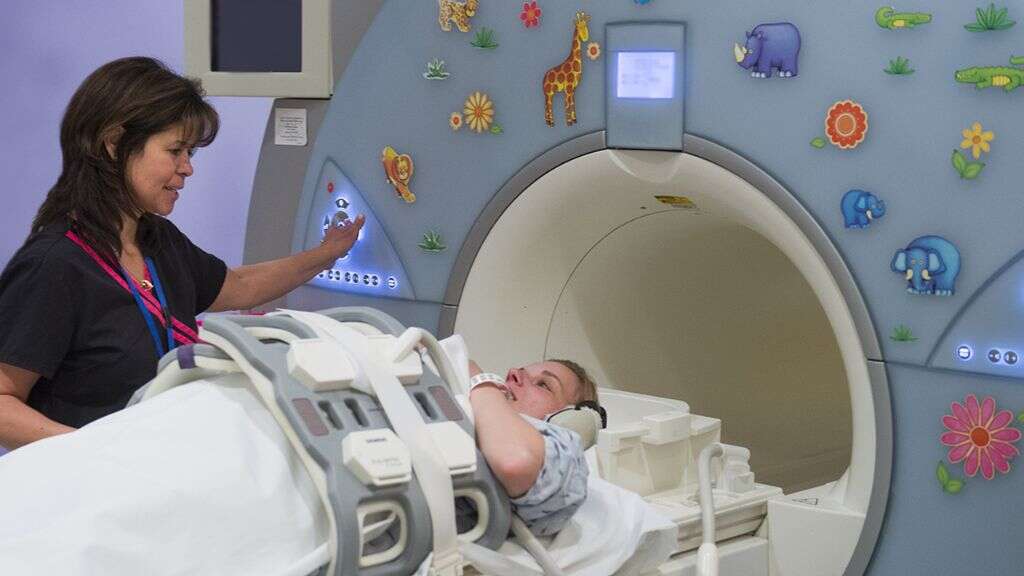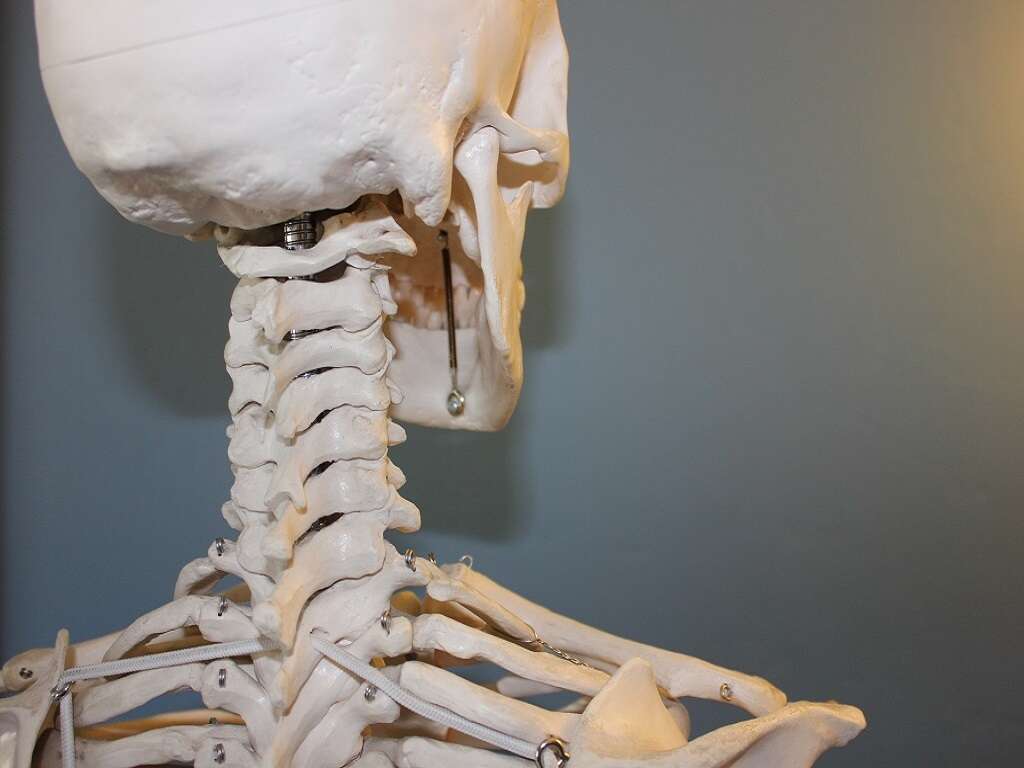What Is Dandy Walker Syndrome?
The human brain is the most complex organ that we know of anywhere. It has evolved over billions of years to be the advanced biological computer that it is, and it is responsible for pretty much everything that we do. It is not perfect, however, and things can go wrong when the brain is developing.
Dandy-Walker syndrome is a condition that affects a certain part of the brain. It can have a profound impact on the quality of the patient’s life, and it can be fatal in some cases. Here, we look at what Dandy-Walker syndrome is, and the impact it can have on the lives of those who are born with the condition.

1. Dandy-Walker Malformation
Dandy-Walker syndrome is a condition that affects the cerebellum and the 4th ventricle. The cerebellum is the part of the brain that controls voluntary movement, and it is located at the rear and below the main brain structure. The 4th ventricle is a channel that enables fluid to flow between the upper and lower areas of the brain and the spinal cord.
Dandy-Walker syndrome is more likely to affect girls than boys. It is, thankfully, a rare condition with only around 1 in 25,000-35,000 people born with the condition. The prognosis depends on the severity of the syndrome and associated malformations.

2. Characteristics
A key feature of Dandy-Walker syndrome is the absence or underdevelopment of the cerebellar vermis. This is the middle part of the cerebellum, that connects both cerebellar hemispheres. Its function is associated with bodily posture and locomotion.
Other key features of this syndrome include enlargement of the posterior fossa (base of the skull) and enlargement of the 4th ventricle. Moreover, the buildup of fluid in the spaces that surround the brain can also occur (hydrocephalus). This can cause an expansion of the skull, and it can also lead to an increase in pressure on the brain, which is likely to lead to further problems.

3. Causes
The factors that lead to Dandy-Walker syndrome are still not fully understood.
Potential causes include chromosomal defects, exposure to toxins or medications (teratogens), certain viral infections during development, and maternal diabetes.

4. Hydrocephalus
As mentioned, hydrocephalus, which is a build-up of fluid on the brain, is likely to occur as a complication in Dandy-Walker syndrome.
This can be quite an alarming condition because the fluid can cause the skull to expand rapidly. Also, symptoms of increased pressure within the skull include irritability, excessive sleepiness, and vomiting.

5. Development Issues
Many patients with Dandy-Walker syndrome will experience developmental delays in motor and language skills.
Thus, important developmental milestones such as sitting up, walking, and talking may be delayed. Patients with this condition can also exhibit poor muscle tone (hypotonic) or spasticity, which can contribute to this delay.

6. Mental Problems
Mental retardation can occur in instances of Dandy-Walker syndrome but, thankfully, this happens in less than 50% of cases. This is sometimes caused by abnormalities in the patient’s chromosomes, while it is also sometimes caused by severe hydrocephalus.
Severe hydrocephalus leads to too much pressure being placed on the brain, and this can lead to permanent damage being caused to the organ. Fortunately, this is not likely to occur provided the patient is given appropriate treatment to drain the excess fluid and relieve the pressure on time. The severity of any retardation can range considerably from patient to patient.

7. Ataxia
The word ataxia comes from the Greek language, and translates into English as “lack of order.” It is a condition in which the patient has difficulty controlling their bodily movements, and it is due to cerebellar dysfunction.
This can lead to symptoms such as poor coordination, speech problems, abnormal gait, poor balance, and erratic or jerky eye movements (nystagmus).

8. Respiratory Problems
Most people can breathe freely from the very moment that they are born. It is something that is usually effortless to us, which is very important because breathing is also essential for life. Some patients with Dandy-Walker syndrome will encounter some respiratory problems.
The brainstem, which contains respiratory control centers, may be affected in this condition especially if severe hydrocephalus is present. Thus, this can lead to abnormal breathing patterns and subsequent respiratory failure.

9. Diagnosis
A prenatal diagnosis of Dandy-Walker syndrome is possible through ultrasound or fetal MRI. Getting a diagnosis as early as possible is beneficial because it helps to ensure that the patient will get the appropriate treatment early on.
A medical specialist can suspect the presence of Dandy-Walker malformation when signs and symptoms of the condition are present, which include developmental delay and increased head size. These suspicions may be confirmed with brain ultrasound, CT scan, or MRI. If the physician suspects that there is an underlying genetic cause for the syndrome, genetic testing will be in order.

10. Treatment
There is no known cure for Dandy-Walker syndrome and there is no way yet to prevent it from occurring. Patients with the condition are treated to relieve the symptoms of medical conditions caused by the syndrome. This often includes physical therapy, special education, and medication that will help to keep the patient safe and more comfortable (i.e. prevent seizures).
As mentioned, one of the primary treatments when it comes to Dandy-Walker syndrome is treating the hydrocephalus that so often accompanies the syndrome. The idea is to relieve any pressure on the brain, draining the excess fluid, through a surgical procedure where a ventriculoperitoneal shunt is placed. Doing so can save the patient’s life, and also ensure that they don’t experience other medical conditions brought on by damage to the brain.












